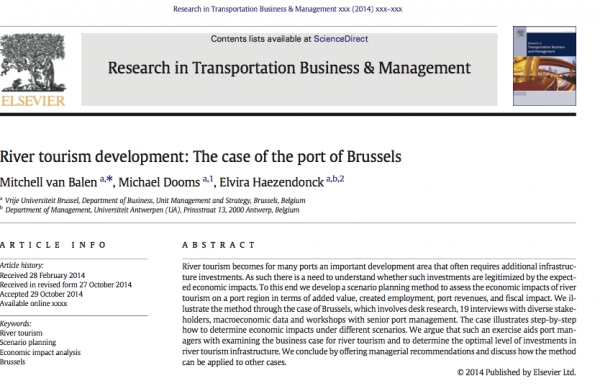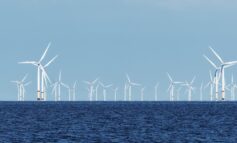River tourism becomes for many ports an important development area that often requires additional infrastructure investments. As such there is a need to understand whether such investments are legitimized by the expected economic impacts.
To this end, PortEconomics member Michael Dooms and PortEconomics associate member Elvira Haezendonck along with Mitchell van Balen (Vrije Universiteit Brussel, Department of Business, Unit Management and Strategy), in their latest port-study titled “River tourism development: The case of the port of Brussels”, published in the latest issue (13) of Research in Transportation Business and Management, developed a scenario planning method to assess the economic impacts of river tourism on a port region in terms of added value, created employment, port revenues, and fiscal impact.
Authors illustrated the method through the case of Brussels, which involves desk research, 19 interviews with diverse stakeholders, macroeconomic data and workshops with senior port management. The case illustrates step-by-step how to determine economic impacts under different scenarios. The port stydy argue that such an exercise aids port managers with examining the business case for river tourism and determine the optimal level of investments in river tourism infrastructure. Authors concluded by offering managerial recommendations and discuss how the method can be applied to other cases.
You may freely download authors’ version @PortEconomics.eu.












